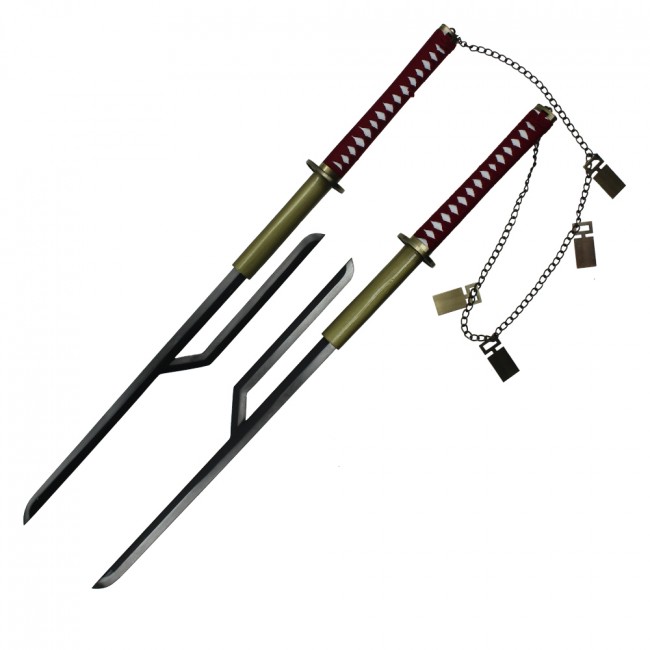How the Katana Was Made?
This inquiry is even more of a query into the physical develop of the Katana however there was a lot more to it compared to that. Prior to the blade creating would certainly begin; the sword maker underwent fasting and also ritual cleansing. They would certainly after that do their operate in bathrobes of white, much like clergymans. These sword manufacturers were kept in really prestige. As early as the 13th Century, Japanese swords were known to be far more premium compared to any made anywhere else in the world. Not till the growth of contemporary scientific metallurgy in the 19th century, can steel be made that would face up to the supremacy of that made by these Japanese 600 years earlier.

They might make swords that were really strong, however katanasale this would certainly also result in them being really weak and would snap quickly. When it was developed to a sharp edge the steel withstood dulling and also the soft steel kept the sword from damaging. To generate their finest blades the Japanese used a far more engaged procedure. For the inside of the katana, they used a comparatively soft, laminated metal that would certainly withstand breaking. The blade’s outside and also edge were made of various kinds of difficult steel bonded together in a compressed form that was folded up as well as established as numerous as 20 times or even more, providing it more than a million laminations! This external coat of steel might be made even harder by initial heating the sword and then relieving it rapidly by immersing it in water.
In the last action, the sword manufacturer would certainly cover the harsh blade with a thick layer of glue product, mainly clay, leaving the edge uncovered, and warmth the blade up until the beautiful metal reached an extreme bright radiance. The sword maker would certainly after that propelled the heated blade right into water. This would cause the revealed side to cool down instantly while the rest of the blade, secured by the clay, cooled slowly as well as remained reasonably soft. The outcome was a blade of soft non-brittle metal framed in a really slim layer of tough steel. Concerning one fifth of an inch of its edge was made from steel so hard that it held a razor’s side during repeated use.